If you see a Japanese person wearing these typical sandals, you’ll think they don’t fit. In fact, geta are worn with the foot protruding 1.5 to 2 cm at the back .
Another characteristic of these sandals is that the left foot is not differentiated from the right foot .
The advantages of this shoe
Finally, know that our Japanese friends attribute certain benefits to wearing geta. The first advantage of this type of shoe is that you will avoid getting your feet dirty, since they are raised . The second positive point is that your foot is not compressed like with closed shoes . It remains free and airy all day. Geta are believed to have other benefits, such as promoting good posture effortlessly and stimulating acupuncture points on the feet .
Walking with geta can also be a relaxing experience, as it forces you to walk more slowly . You can thus fully enjoy your walk and the landscape while taking a real break.
Finally, these sandals are eco-friendly and durable , since the wear of the wood can be repaired and the strap replaced if necessary.
There are different styles of wooden sandals
Whether you like them traditional or modern, you are bound to find a shoe that suits you with geta. Wear these shoes Japanese style or adapt them to your Western outfits easily. Whatever your tastes, you can find a great selection of Japanese wooden sandals on Amazon .
The best known Hiyori geta
This first kind of sandals is undoubtedly the most representative of Japanese wooden shoes. This is the sandal with 2 teeth, each of which measures approximately 5 cm . They are made with a single block of wood . These are unisex shoes that can be suitable for women, men and children. The sole of the women’s version is slightly rounded, while the men’s geta is more square. These shoes go perfectly with a kimono or with a yukata (for informal situations), but you can also wear it with western-style clothing. For rainy days, a toe cover was added to these shoes which then became “Ama Geta”. With this accessory, the sandals looked like half clogs.
Tengu geta, the most dangerous
This traditional shoe from Japan is recognizable by its central tooth which can measure from 9 to 15 cm . These shoes are generally reserved for artists, who use them during traditional dances. The least we can say is that these shoes work on your balance!
Mitsu-ashi or oiran geta
You will rarely see this type of shoe in Japan as they are rarely worn outside of festivals. With their 3 teeth of 22 cm, these wooden shoes are covered with black lacquer . They are much taller and more imposing than the other geta. During the Edo era, they were reserved for the oiran, the courtesans of the time.
Bankara geta, for students
This style of shoes looks exactly like the Hiyori geta . The first difference between the two models is the size of the teeth, which are taller on the Bankara. Unlike the Hiyori geta, these are not a single block of wood and the teeth are replaceable . It is mostly students who wear these traditional flip flops.
The Senryou geta, for luck
A single block of wood is used to make these shoes. They are recognizable by the front part of the sole which is at an angle . They were very popular in Tokyo during the Meiji era. At the time, the kanji for “Senryou” meant “occupation”. This period was indeed when Japan, after winning the war against Russia, occupied many countries. The Japanese then changed the kanji associated with these shoes, for another, considered more soft and welcoming. The sound of the new kanji remained the same but its meaning changed to “luck”. Nowadays, “Senryou” means 1000 (for sen) and ryō (an ancient currency).
The hakama, the Japanese pants
Okobo geta, for maiko
They are also called pokkuri (which is the onomatopoeia of the noise they produce on the ground), bokkuri or koppori geta. The maiko (the apprentice geishas) wear them during their studies . They are made from a block of wood (willow or paulownia).
okobo geta
They measure about ten centimeters . This height prevents an often expensive kimono from dragging on the ground. The straps are made of silk with a particular color code.
Red thongs are worn by female apprentices, while yellow, pink or blue thongs are reserved for those who are nearing completion of their apprenticeship.
There may be a bell in the sole which is hollow. Brides with traditional attire or little girls can also wear these sandals.
Menkoi geta, for young children
This Japanese shoe is a children’s sandal. We can offer a pair of menkoi geta as a birth gift. In the north of Honshu, the main island of Japan, the word menkoi has the same meaning of kawaii, which means cute. These sandals resemble the Senryou geta with an oblique cut on the front, while the wooden part is rounded . They are lower and are also wider in order to be more stable.



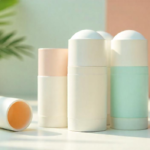


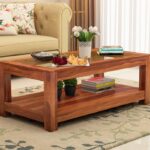

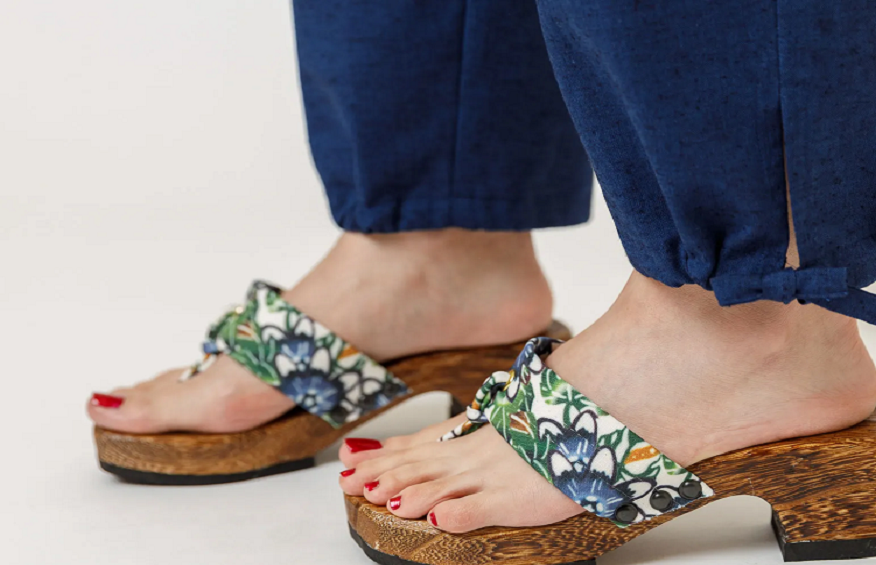

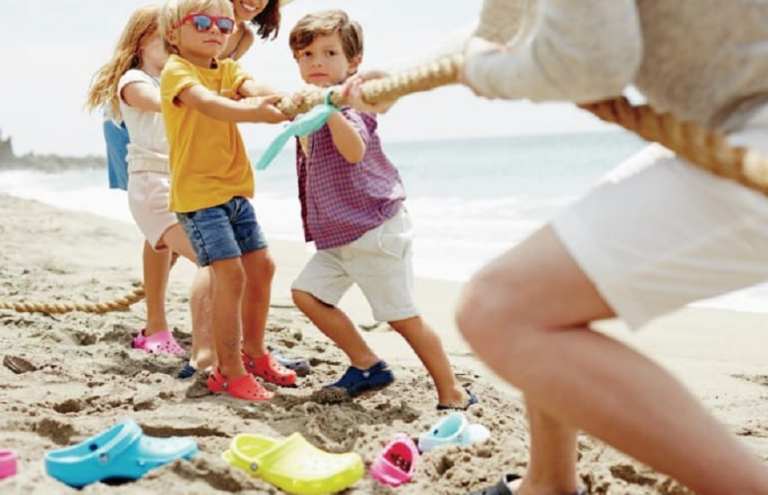


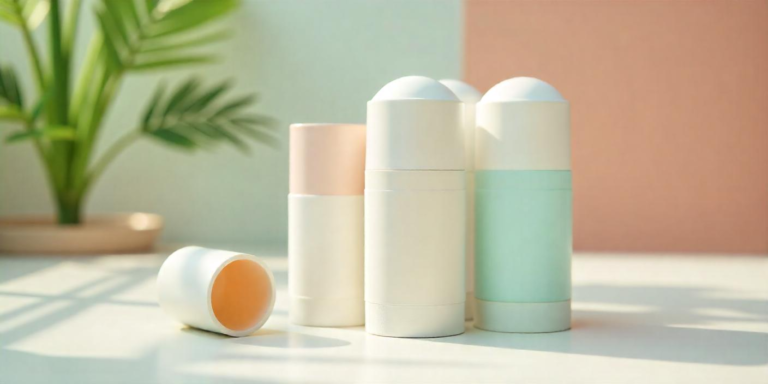




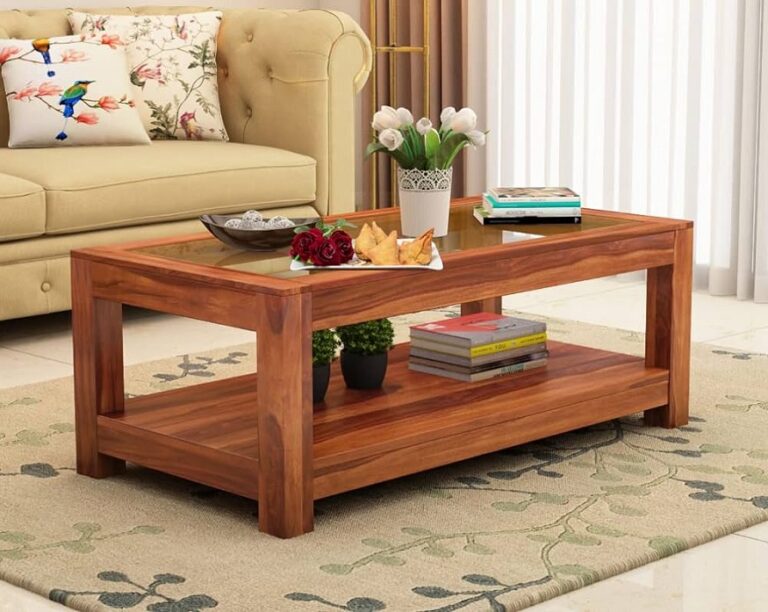
+ There are no comments
Add yours